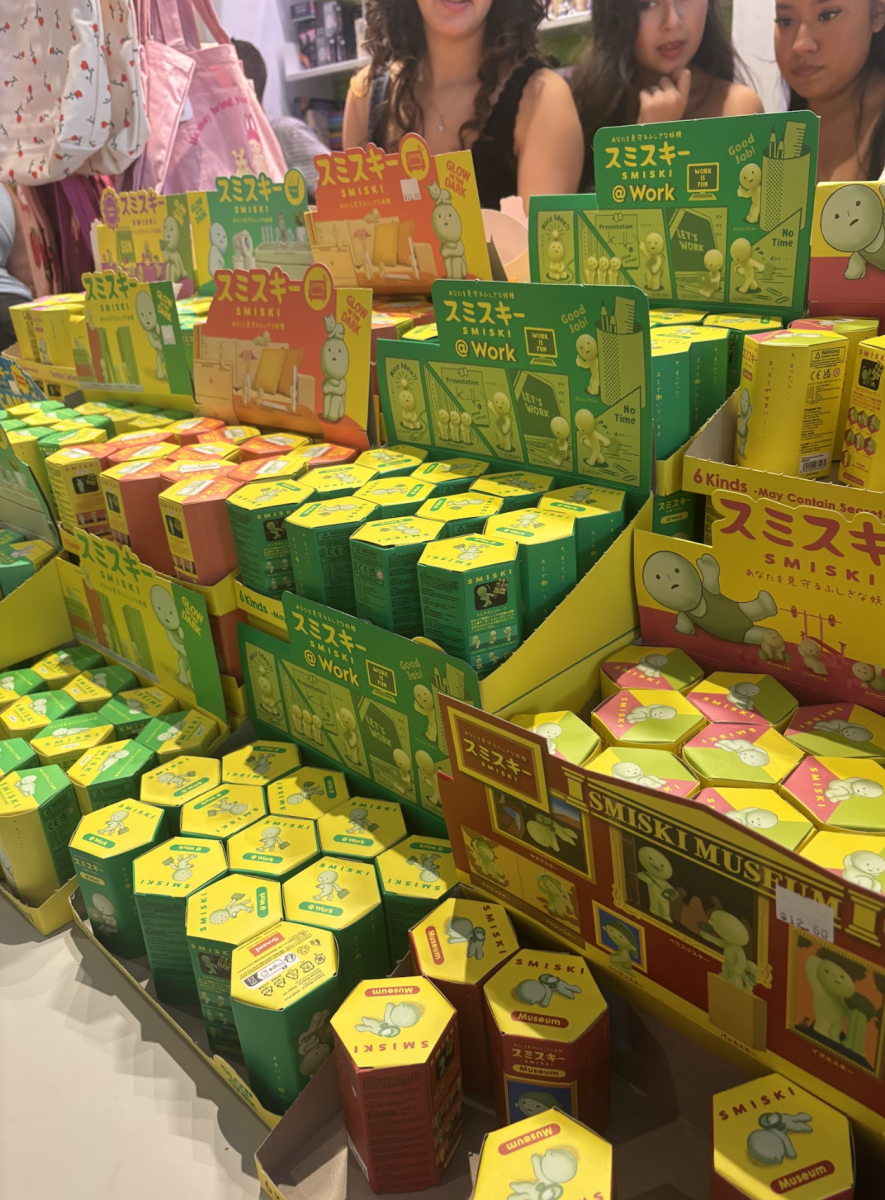It’s a staple of the modern social studies teacher: the ubiquitous “travel brochure project.” Whether the topic at hand is geography, civics and government, or history, today’s teachers can always find a way to assign their students something folded in thirds and created using Microsoft Publisher. But when you really think about it, tasking students to make a brochure for something they’re learning about isn’t the greatest idea in history.
First off, there’s an inherent problem with travel brochures in lower-grade classes. Teachers generally instruct their students to “sell” whatever the brochure is about, attempting to inspire creativity. However, advertising is inherently biased in favor of what is being advertised. To truly learn something is to learn both sides of it — learn the positive, obviously, but learn the other side of that positivity as well.
Telling students to sell something, on the other hand, not only encourages them to pick and choose their information, but condones a certain stretching or bending of the facts.
For example: a brochure about colonial Rhode Island might focus on the freedom of worship and relative religious equality found there, while completely omitting the fact that Rhode Islanders were some of the biggest profiteers from the slave trade. When you consider that many history classes use the presentation of projects as a way to save time– each group takes a subset of the overall topic, prepares a brochure, and “teaches” the class their information — this “cherry-picking” of points becomes even more alarming.
Ignoring, for the moment, the problems with this particular format, a personal issue for me is how terribly childish brochure projects are. “Fold a piece of paper in three, write in your information neatly, and make sure you include lots of pictures!” As a junior taking an Advanced Placement course, I don’t want to — and shouldn’t — be doing the exact same projects I did in fourth and fifth grade.
At first, in elementary school, it was alright. We made maybe one brochure a year, usually in social studies, and they were entertaining. But then each year began to bring multiple of these projects, in multiple subjects. Other teachers jumped on the bandwagon, and my peers and I created brochures for science and language arts, as well as social studies. The monotony only increased with each set of uniform-sounding directions and each nearly-identical finished product.
The biggest point in favor of brochures that I have heard is that they encourage creativity, so students enjoy them more and they’re considered a “better” way to learn. Perhaps that’s true in some cases, especially in early middle school. But even enjoyable things — chocolate, projects, video games — become tiresome when consumed in excess. Frankly, after years of the same tedium over and over, I’m bored.






